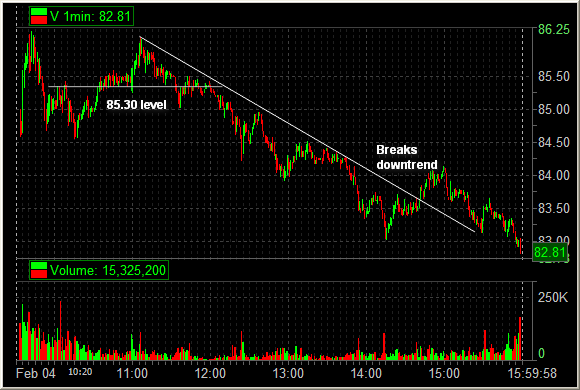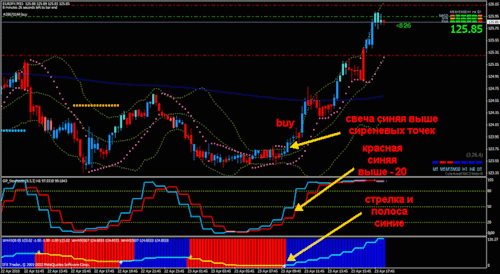Intraday v
Post on: 14 Июль, 2015 No Comment

More Articles
One way to distinguish between market trading strategies or types of traders is to separate them into intraday and interday. You may know of intraday trading by the commonly used term day trading. Interday traders hold securities positions from at least one day to the next and often for several days to weeks or months.
Day Trading
Intraday or day trading involves trading of securities only during the market’s regular business hours in a single day. At the end of the market day, a day trader will have closed all her stock positions out; her account will be all in cash or be flat. Stock day traders work while the stock exchanges are open — from 9:30 am. until 4:00 pm. The futures markets are open 23 1/2 hours per day, but day traders in that market tend to follow the stock market hours and also want to be flat when the futures trading day closes at 4:15 pm.
Reasons to Day Trade
Day traders make profits from small moves in stock or futures prices. The fuel which makes this trading profitable is leverage. The stock market day trading rules give twice as much leverage to day traders compared to those who hold onto stocks overnight. Stock leverage comes from the use of margin loans to cover a portion of the cost. A designated day trading account is allowed to hold positions worth up to four times the trader’s equity, compared to two times equity in regular margin accounts. Futures traders can day-trade using margin deposits which are one-quarter to one-half the requirements of the standard margin requirements. The margin in futures is the deposit required to trade one contract. Depending on the futures, margin requirements are 5 to 15 percent of the contract value. More leverage turns small price gains into nice profits for traders. Day traders also do not need to worry about overnight news, which could significantly affect the financial markets.

Interday Trading
An interday trader takes a position in a security with the expectation that it may take several days or longer for the trader’s profit goal to be reached. Swing traders use charts to look for one- to four-day price trends. A position trade involves buying an investment with a profit goal but no specific time frame in mind. With a lower amount of leverage available, interday traders need larger price moves to hit profit goals. Also, those goals may be significantly larger than the day trader working to pull a few ticks — the minimum price change on a futures contract — or cents out of a security price.














